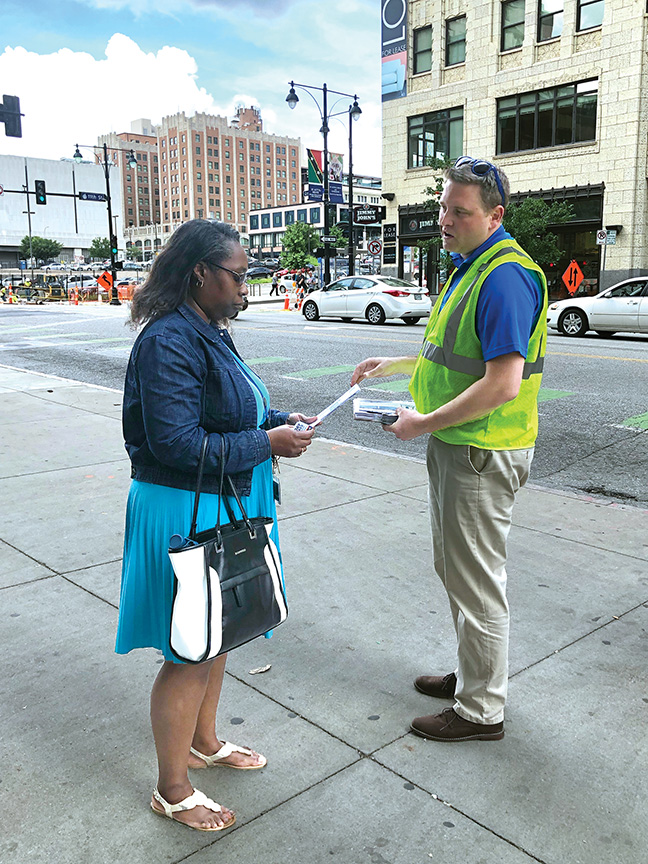Elizabeth Orosco
Northeast News
The Kansas City Area Transportation Authority (KCATA) is undertaking a complete redesign of transit in Kansas City, Mo with RideKC Next.
The three-phase project is a review and redesign of current transit service with the goal of ensuring that updates accurately reflect the needs, priorities, and values of the community.
RideKC will assess and maximize resources in the entire transit system.
Phase One of the project includes gathering community feedback through surveys and outreach as well as reviewing existing transit service.
Phase Two includes sharing a draft plan and gathering additional community feedback.
Phase Three will be the review and approval of a plan by the KCATA Board of Commissioners and the implementation of the plan in 2020.
According to their website, the goal of KCATA is to “connect people to opportunities.”
Currently in phase one, RideKC is working to spread the word on the project and get community feedback.
Wednesday, June 19, Shawn Strate, planning manager with KCATA held a pop up event at the bus stop on 11th and Grand.
Passing out surveys and engaging with riders, he urged residents to participate and offer their opinions on the current transit system.
“We are taking a look at existing resources and our existing system within Kansas City, Mo. and looking at how to operate our system more efficiently and redistribute the services that we have now in a way that can better serve people,” he said. “If we have a route that doesn’t have much ridership or doesn’t seem to have much opportunity for growth, maybe those resources need to be shifted to a different route.”
Strate said the best way for the redesign to happen effectively is to get as much feedback from riders as possible.
“At this stage, we are just trying to get very general, policy-level direction about which direction they want us to go,” he said. “Do people want us to focus more on the core system and add more buses to existing routes that have high ridership, which generally improves ridership, or would people rather us focus on more of a coverage system, which means every corner of the city gets a little bit of service?”
Strate said this project assesses all existing routes in Kansas City, Mo., it doesn’t add more.
“We want to inform people about the choices that have to be made and that this project is not an expansion. We are not getting more funding, so, as much as we would like to, we can’t add more routes,” he said.
This project will not affect incoming MAX routes such as Independence MAX.
“Independence MAX is a mid-range project, a four-to-six-year project and requires additional funding. What we are looking at now with the next project is looking at our existing funding and resources and operating in a more efficient way. We are thinking about it, though. For example, we won’t take service off Independence Avenue when we know we want to have more buses, say, five years from now,” he said.
After RideKC gathers all input from riders, Strate said a draft will be written and presented to the public for more feedback. Then, a final draft will be crafted.
“Right now, we are just at the phase where we are asking riders ‘what direction do you want us to go in?’ Based on that, we will prepare some initial recommendations and then phase two is going to the public a second time and saying ‘here is what we have come up with based on the direction you gave us, what do you think?’ We will get more feedback, make refinements, and then phase three is the final recommendation based on the comments we got on the preliminary.”
For more information on RideKC, visit www.ridekc.org.
To take the survey, visit www.ridekc.org/planning/ridekc-next.

















